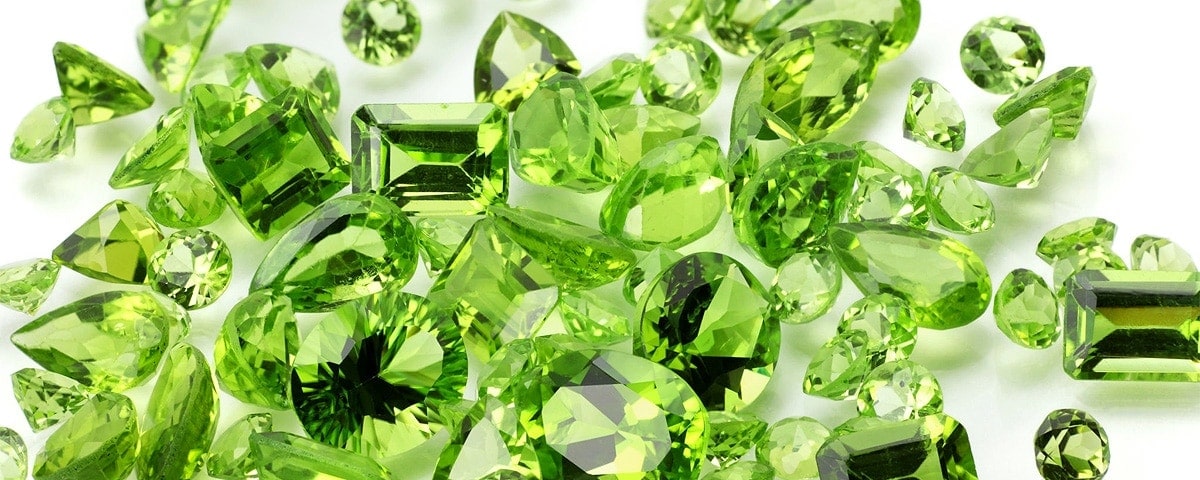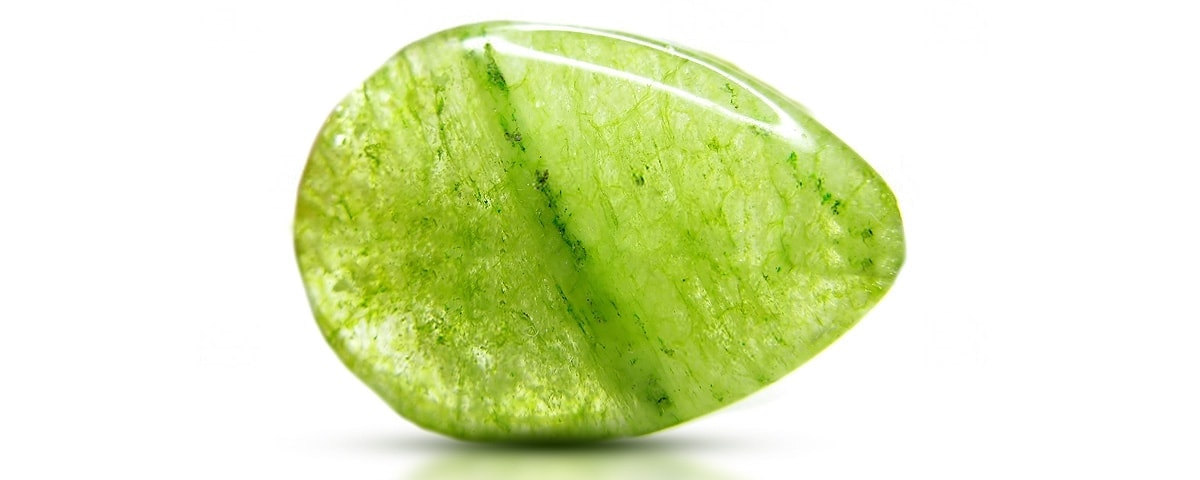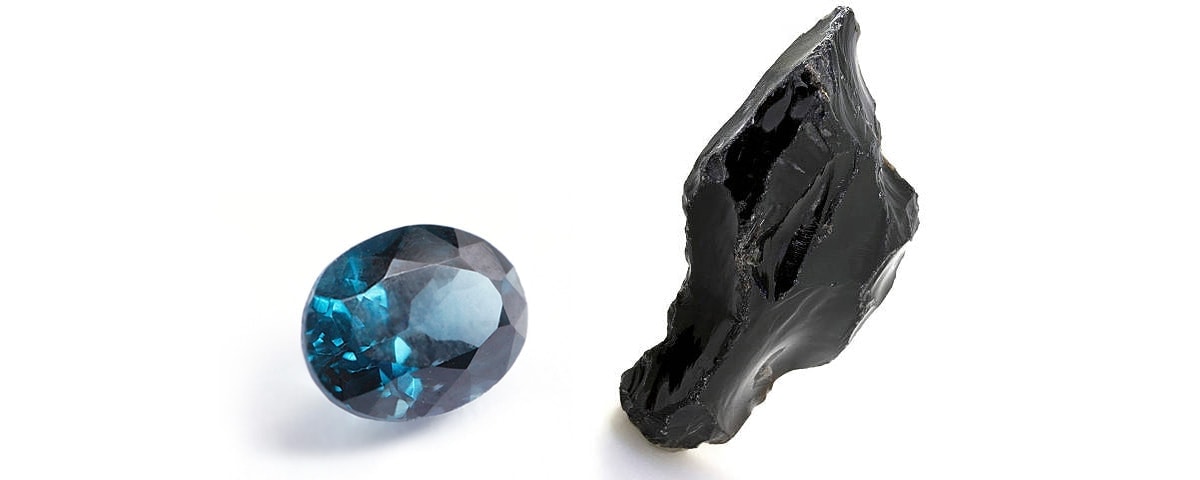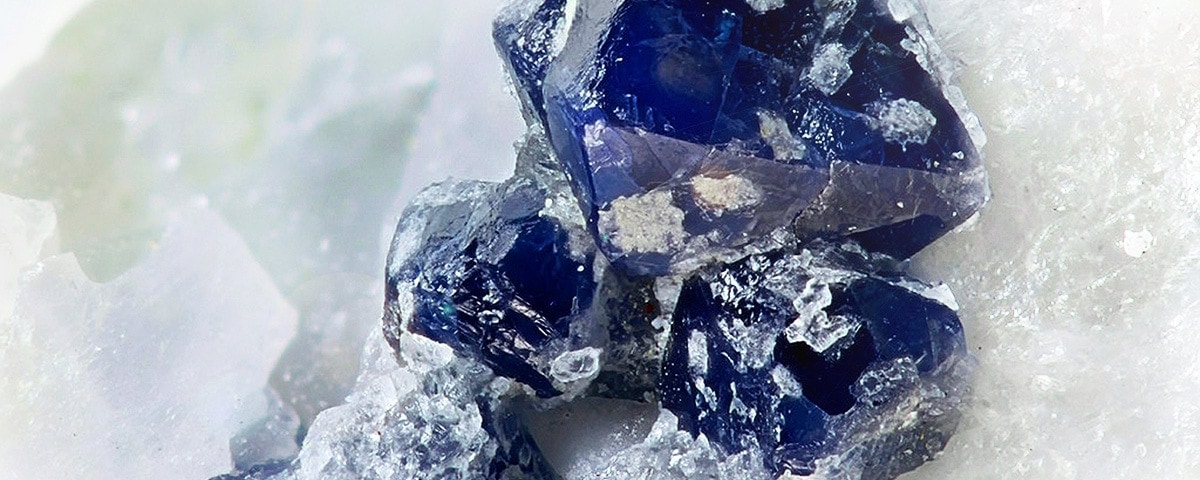August birthstones are a fun, popular, and colorful introduction to the universe of gemstones. Usually, they mark one’s birthday to celebrate and can be used for various reasons such as ornamental, emotional, and physical healing. The birthstones also carry some level of symbolism to the owners. Below are some of the common and supposedly rare August birthstones you will come across.
Peridot is the modern August birthstone in Britain and the US. It is the yellowish-green to greenish-yellow stone variety of olivine. It is formed deep within the earth’s mantle and is brought to the surface by volcanic activity. Peridot has also been discovered in pallasite meteorites containing remnants of our solar system’s birth.
Peridot History
Peridot is one of the most coveted stones since ancient times. Ancient Egyptians referred to Peridot as “The gem of the sun” due to its exciting color when exposed to natural light. Among others, Peridot was particularly famous as Cleopatra’s favorite stones, with a few sources arguing that her emeralds were indeed peridots.
Early records show that ancient Egyptians mined a breathtaking green gem on the Topazios Island in the Red Sea, currently referred to as St. John’s Island. According to some sources, this island was infested with snakes, making mining almost impossible. Fortunately, an enterprising Pharaoh drove the snakes to the sea. This beautiful gem, now referred to as Peridot, was confused with other gemstones. It is among the many that were labeled as “topaz”.
Peridot Meaning
“Peridot” comes from the Arabic word “faridat,” meaning gem. Among Ancient Egyptians, Peridot symbolized royalty, perhaps due to their rareness.
Ancient users believed that Peridot was meant to provide physical and mental relief and health.
Peridot Color
Most people tend to confuse Peridot with emerald, perhaps due to its greenish color. This confusion can be justified based on emerald’s rare and unique nature.
Peridot is an exclusively green gemstone commonly used in jewelry. Needless to say, color is one of the Peridot’s most vital qualities. Besides being commonly known as a green gemstone, Peridot has a range of colors. Different peridot colors range from a pure green, often confused with emerald’s green, to an olive or brownish-green, and sometimes yellow.
Most importantly, it is the classic yellow-green gemstone commonly used for peridot jewelry.
Peridot Health Benefits
Like other gemstones, Peridot is typical for having immense positive impacts on one’s physical and mental health.
Physical Healing Properties
Peridot helps to balance the endocrine system, especially your adrenal glands. These glands are responsible for governing your body’s health and boosting your entire system, making you feel more radiant, stronger, and healthier.
Peridot supports your digestive system and aids in properly absorbing nutrients from water, food, and light. It also helps in the proper functioning of your liver, gall bladder, spleen, and pancreas.
Peridot strengthens your eyes with close links to nearsightedness and astigmatism. It also relieves you from duodenum and stomach ulcers.
The stone has also been used to help in the birthing process, stimulate contractions, assist in opening the birth canal, and reduce pain during delivery.
You can use Peridot in conjunction with alternative treatments for psychological disorders and potently balances the swings of bipolar disorders.
Peridot is an excellent aid for overcoming melancholy, depression, and hypochondria.
Emotional Healing Properties
It is a unique crystal for healing your emotional being. Peridot helps you to resolve serious heart matters. It heals and cleanses hurt feelings and damaged egos.
Peridot reduces jealousy, anger, spite, and resentment. It simultaneously teaches you to understand that holding on to people and the past does not favor your growth.
It teaches you to examine your past for the gift of experiences, takes responsibility for your mistakes, and let go of blame and guilt. Peridot teaches you to forgive yourself and others and embark on moving forward.
Peridot stimulates your psychological clarity and inspires the feeling of joy and satisfaction in your life. The stone empowers you to delink your mind from external influences and be confident in your abilities. Furthermore, it empowers you to look internally for guidance and achieve the wisdom of the higher mind.
Finally, Peridot initiates assertion and independence without aggression, accepting things as they are. Consequently, it helps you to open your mind to the possibility of creating your desired reality.
Peridot and Chakra
The stone carries beautiful green energy that activates your Heart Chakra. It regulates your interaction with the external world and controls what you accept and repel. Peridot allows you to balance yourself within your element.
An imbalanced Heart Chakra leads you to feel controlling or controlled in your relationships and be aware of others’ weaknesses. As a result, you find yourself having undesirable emotional responses to almost any triggers.
Green crystal energy resolves blockage and helps you to rebalance the Heart Chakra. It allows you to understand your needs and emotions clearly.
Consequently, you can deal with the ups and downs of relationships, grasp their cyclic nature, and accept nature.
The yellow energy within the Peridot activates your Solar Plexus Chakra, the relationship chakra and the energy distribution center. When the Solar Plexus Chakra is imbalanced spiritually, you tend to feel fear of disappointment of others. You also tend to surrender your life and pleasures to the will of others.
A physically balanced system grants you the strength to fight infections and allergic reactions. A spiritually balanced Solar Plexus Chakra gives you the freedom to interpret the world via your thoughts and emotions.
Peridot Care and Cleaning
Peridot measures 6.5 to 7 on the Mohs Scale, meaning it is softer than most gems and cannot withstand hard wear. Therefore, avoid daily use in a ring.
Peridot can also be damaged by select acids and long-term exposure to acidic perspiration. Cleaning this gemstone is a delicate procedure.
Avoid using steam or ultrasonic cleaners since the stone is vulnerable to thermal shock. The recommended cleaning tools include a soft bristle brush and a mild dish soap mixed in warm water.
Store your peridot gemstone carefully to prevent scratching by stones with greater hardness.
Spinel is one of the modern August birthstones in the US. It is a rare and often flawless stone coming in various colors. Unfortunately, it is one of the most underappreciated stones.
Spinel History
Ancient mines that supplied valuable gems for royal courts from Rome to China produced Spinel. However, it was commonly confused with more famous stones such as sapphire and ruby.
Ancient Central and Southeast Asian mines produced exceptionally huge spinel crystals. They became known as Balas Rubies, and most of these were the treasured property of royals and often passed hands through spoils of war.
One of the largest examples of the Spinel is the “Timur Ruby,” one of the Crown Jewels that weighs over 350 carats. It has a few Persian inscriptions to it that testify to its age.
This gemstone’s underappreciation is owed to the synthetic Spinel created in the labs and used in costume jewelry. The gem has a history of being substituted or mistaken for Sapphires and Rubies, thus tarnishing the stone’s reputation.
Spinel Meaning
“Spinel” comes from the Latin word spina, meaning thorn, owing to the crystals’ shape. Red Spinel was thought to offer relief for blood loss and inflammatory diseases. They were also believed to ease anger and promote harmony.
Spinel Colors
The most popular Spinel color is the rich, almost red ruby. However, the Cobalt Blue Cobalt is sometimes the most sought-after color and is quite rare. Spinels also come in an almost neon pink color and are mostly mined from Mahenge in Tanzania.
Spinel colors are caused by impurities or minute traces of minerals that get mixed up with the stone’s pure state during its formation. The gemstone is a magnesium aluminum oxide and is often colorless without impurities. However, this is not a common event, and transparent Spinels tend to be exceptionally rare.
Minute Chromium trace elements result in orange, pink, and red spinels. Moreover, iron results in the deep red color that makes the stones resemble rubies.
Cobalt and Magnesium are also found in Spinel, and a combination of two or three of these elements result in blue, purple, gray, and violet colors often visible in Spinels.
Yellow and green Spinels tend to be rare naturally and are primarily produced in laboratories. The Spinel color is graded on a scale from very light to extremely dark, with medium tone Spinels being the most valued.
Spinel Health Benefits
Physical Healing
Spinel is often considered the “Stone of Immortality” since it symbolizes youth, health, and vitality. The stone increases your physical stamina and reduces fatigue. Spinel allows you to recover from illness quickly and regain your energy levels.
It can help in the treatment of fertility. Spinel also helps in the detoxification and purification process. It has a calming effect on all kinds of physical inflammations.
Spinel is beneficial to the treatment of your joints, bones, and muscles. It provides health and support to the spine, teeth, gum, and the entire body.
Moreover, it supports weight loss efforts by elevating endurance and physical power while regulating metabolic functions.
Emotional Healing
Spinel is recognized for its amazing emotional energies. The stone signifies revitalization, making it the ideal gemstone for individuals overburdened and exhausted from the pressures of work. Spinel restores your emotional balance that suffers life’s responsibilities.
It facilitates emotional healing by eliminating anxiety and reducing stress levels. That way, you feel energized to work on things that matter. It holds vibrations of hope and optimism for a better future.
Spinel instills energies in you to inspire you to explore fresh avenues and embrace various perspectives of the different people and things in life.
It restores your determination and perseverance levels, protecting you from crumbling under responsibilities. Spinel fills you with the promise of a fulfilling future.
Spinel provides emotional healing that is beneficial, especially if you feel disconnected from your body and mind. It calls on your positive side and helps you achieve big things while also staying humble and generous.
Spinel and Chakra
Spinel is an ideal gemstone for Chakras since it comes in many colors. There is always a spinel that matches the color of any blocked Chakra.
The purple Spinel is mainly used to unblock a blocked Crown Chakra, while the red Spinel can unblock the Root Chakra. Black Spinel can also be used to free the Root Chakra linked to your sense of independence, grounding, survival, and security.
The various Spinel color varieties make it beneficial for easy energy flow within the Chakra system and work perfectly to stimulate Kundalini awakening.
If you are using Spinel for treatment, find a quiet, suitable position. Lie down with the Spinel crystal on the location of the troubled Chakra point. Relax and breath calmly as the stone does its work.
Spinel Care and Cleaning
Spinel measures 8 on the Moh Scale of hardness. It has brilliant toughness, making it ideal for jewelry. Spinel tends to be stable when exposed to chemicals and light. However, high heat can cause some Spinels to damage or fade.
You can use steam cleaners and ultrasonic cleaners to clean the stone. Unfortunately, the fracture presence tends to pose a potential problem. Instead, use warm, soapy water for cleaning your Spinel.
Any fracture-filled Spinel stone should exclusively be cleaned with a damp cloth and warm soapy water.
Sardonyx is the traditional August birthstone in Britain and the US.
It is a combination of two types of Chalcedony: Sard and Onyx.
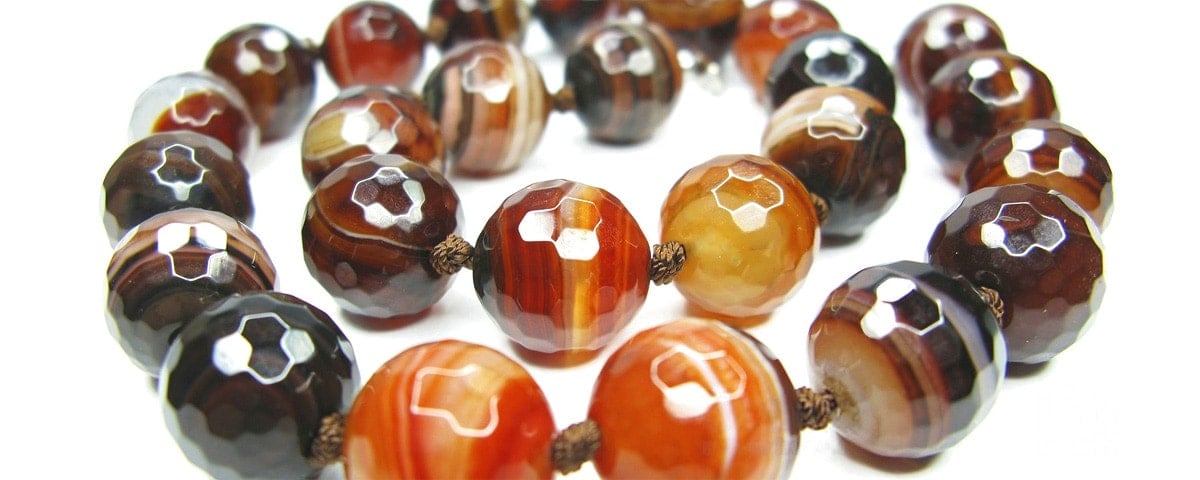
Sardonyx History
Sardonyx has been one of the most popular stones for centuries dating as far as 4,000 years ago to the Second Egyptian Dynasty. Ancient Romans and Greeks went to war wearing sardonyx talismans engraved with gods and hero images like Mars and Hercules. According to them, the stone could harness the gods and heroes’ bravery, granting them courage, protection, and victory during wars.
It was also a popular stone for Roman signet rings and seals used to imprint wax emblems on official documents since hot wax does not stick on sardonyx.
Sardonyx was used to signify eloquence during the Renaissance era. Orators and public speakers wore the stone to help in clear thinking and communication.
Sardonyx has different origins. India is common for producing sardonyx with good contrast between the various colored layers. The stone is found in Brazil, Uruguay, Madagascar, Germany, and the US, among other states.
Sardonyx Meaning
Sardonyx combines sard, derived from the ancient Persian city Sardis (currently known as Turkey), and onyx, derived from the Greek word onyx, meaning nail or claw.
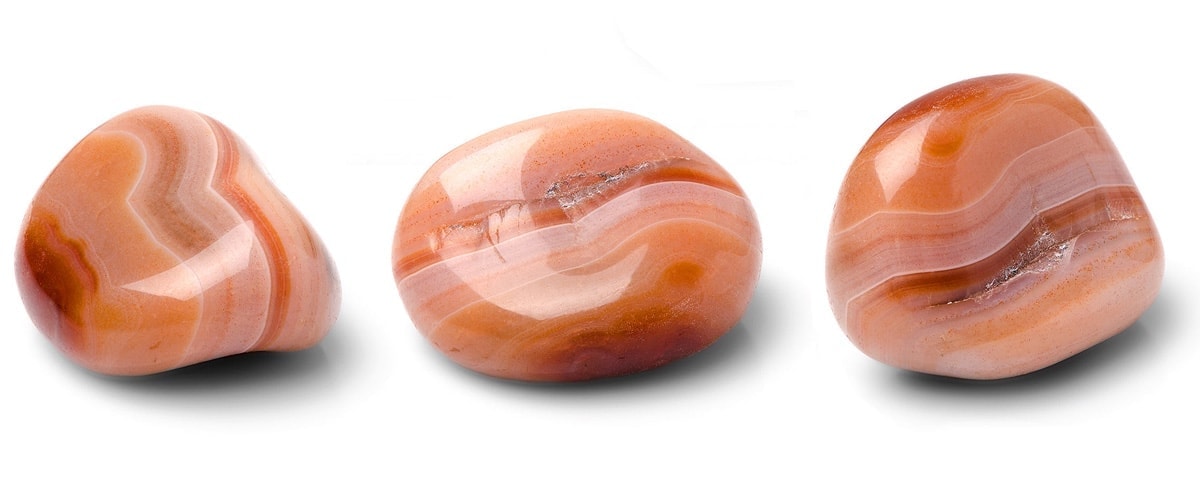
It is believed to be one of the stones in the High Priest’s breastplate from the Old Testament, and it signifies the strength of one’s spiritual life.
Currently, the meanings and benefits assigned to sardonyx include happiness, courage, and clear communication.
Sardonyx Colors
Sard colors range from yellowish-red to reddish-brown, depending on the levels of iron oxide present. Sardonyx is an onyx type but with a brown instead of a black base.
The stone combines alternating sard and onyx layers to create a reddish zebra-striped stone with white bands. For modern stone lovers, especially millennials, the color bands in this gemstone have made it a popular choice carving material for intaglios and cameos.
Sardonyx Usability
Sardonyx allows users to project a remarkable charisma such that people advise usage with care to avoid overwhelming others. Wearing the black and white banded sardonyx heightens a few traits such as optimistic disposition, intellect, and versatility. You can also use sardonyx to control one of those traits if it is against you. Placing sardonyx at the corner of your house will protect you against evil.
Sardonyx Care and Cleaning
Sardonyx measures 6.5 to 7 on the Mohs Scale. Just like Peridot, you should take great care of sardonyx, especially when wearing it as a ring. Sardonyx, like other chalcedony varieties, tends to be dyed. Unfortunately, extreme heat might affect the color of the sardonyx.
Clean your Sardonyx gemstone using a soft brush and warm soapy water. It can also be scratched or damaged by gemstones with higher hardness levels. Avoid using household chemicals when cleaning your sardonyx beads, jewelry, or components.
Carnelian is one of the traditional birthstones in the ancient Roman, Italian, and Hebrew calendars. The stone has been associated with royalty since the dawn of civilization. It was commonly used as amulets and seals in ancient kingdoms.
The stone is the translucent orange form of chalcedony quartz, even though the colors range from brown to red and mostly appear more opaque than translucent.
Ancient Egyptians and Sumerians used and valued the carnelian for its spiritual potency and significance instead of its rarity. Carnelian has a special connection to the Sacral Chakra. The Chakra is concerned with relationships, emotions, creativity, and sexuality. Carnelian is believed to fuel passion and desire.
Alexandrite is the August birthstone in the old Russian calendar. Alexandrite is a variety of chrysoberyl that alternates colors between day and night. Russian chrysoberyl crystals are famous for shifting from a shade of green during the day to reddish blue at night.
It is also a pleochroic gem, meaning it shows different colors when viewed from different angles. The three primary pleochroic colors are orange, purple-red, and green.
Alexandrite is scarce, especially in larger sizes. This makes it a relatively expensive member of the chrysoberyl family. It is also known as one of the June birthstones, meaning it shares the same metaphysical properties.
Ruby is a traditional August birthstone in the ancient Hindu calendar. It is a variety of corundum mineral species which includes sapphire. The gemstone is highly regarded and can fetch high prices per carats.
Ruby is colorless in its purest form. However, color variations are caused by trace elements that become part of the stone’s structure. Chromium is the reason for the stone’s red color, ranging from an orangy red to a purplish red.
It is often regarded as sapphire if it appears in a different color. Ruby is known to boost courage and mental power.
It is one of the modern August birthstones in the Hindu calendar and a traditional August birthstone in the old Hindu (Ayurvedic calendar). The blue sapphire variation belongs to the mineral species corundum. The gem tends to be pure blue but ranges from greenish to violetish blue.
“Sapphire” can also be used to refer to any corundum that is not red and fails to qualify as a ruby, which also belongs to the corundum family.
Fancy sapphires are generally less available than blue ones. They create a rainbow of options for individuals who love the romance associated with gemstones and desire something unordinary.
Sapphire is believed to encompass inner peace and combats depression.
Diamond is an August birthstone in the ancient Tibetan calendar. It is a very rare, exquisite, and pricey gemstone to come by. The stone’s crystal structure and characteristic composition make it extremely rare and unique.
It is the only crystal made of a single element; 99.95% carbon. The remaining 0.05% includes one or more trace elements. Some trace elements can influence its crystal shape or color.
Diamond forms under high pressure and temperature conditions that are available only within a particular depth range beneath the earth’s surface.
Diamond is believed to protect users from misfortunes.
Moonstone is a traditional August birthstone. Its delicate beauty and long-established heritage make the stone one of the most popular gem-quality varieties of the feldspar group. Feldspars are widespread minerals in the earth’s crust. They are some of the most diverse materials since most rocks contain one or more minerals from the feldspar group.
Moonstone contains two minerals from the groups; orthoclase and albite. Initially, the minerals are intermingled, but with time, they grow into separate, alternating layers.
Moonstone is believed to chase away anxiety.
Topaz is a traditional August birthstone.
It is commonly known as an inexpensive blue gem (surprisingly, the blue color is hardly ever natural and is caused by treatment in many cases.)
Topaz has many colors to offer gemstone lovers, including purple and pink, that rival the best fancy sapphires.
Topaz is allochromatic, meaning its color results from impurity elements in its crystal structure instead of an element of its chemical composition.
Topaz has a wide range of colors from brown to different saturations of purple, pink, red, orange, yellow, green, and blue. Colorless topaz is readily available and usually undergoes treatment to get the blue color.
Topaz is believed to stimulate optimism and increase strength.
Final Thoughts
August is one of the months that has many birthstones. The above August birthstones contain some of the most precious gemstones in the market, such as diamonds and ruby. These gemstones contain rare metaphysical properties that users desire. Therefore, an August birthstone is the perfect way to celebrate your August birthday and look good with August birthstone jewelry.

